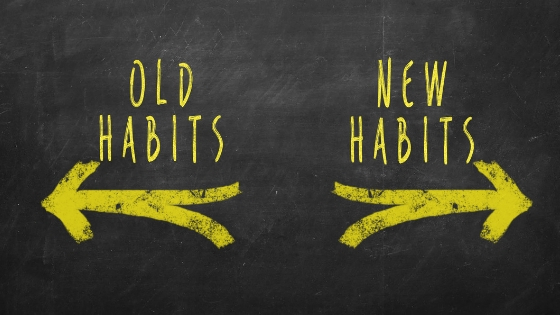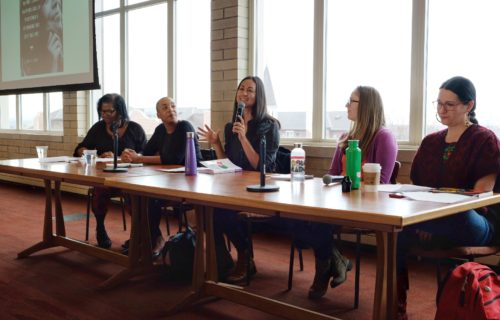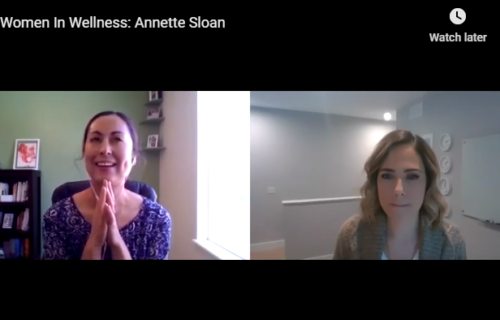
Want your new healthy habits to stick? Avoid this common mistake.
How do you tend to go about creating change in your life?
Do you decide that you should adopt a new habit – and then make grandiose plans to do so in a way that requires a significant overhaul of your life?
For example:
Starting this week, I will meal plan, grocery shop, and cook a week’s worth of healthy food every Sunday (even though I’m currently in the habit of going out to lunch and making a quick quesadilla or frozen pizza for dinner most nights).
Starting in January, I’m going to hit the gym 6 times a week (even though I haven’t been 6 times in the last year).
Starting today, I’m going to meditate every day for 30 minutes (even though I can’t currently sit still for more than 5).
If you recognize yourself in the above, you’re not alone. Our culture has conditioned us to be black and white thinkers, to go big or go home, to either do it perfectly or not do it at all.
But does this work?
Has it ever worked for you (beyond that initial burst of a few days, weeks or months)? Have you ever built new habits – that you sustained for the long term – with this approach?
In my experience, precious few can honestly answer ‘yes’ to this question. And those precious few are held up on a pedestal as success stories that we all should be able to emulate.
For the rest of us (those who have tried and failed at this approach more times than we can count), this narrative creates shame, self-loathing, and countless forms of not-good-enough thoughts.
Which brings me to the question:
What if we approached changing our habits from a gentler place?
This question has led me to radically change my approach to adopting new habits. Here’s a quick breakdown:
Step 1: When I find myself thinking about adopting a new habit, I check in to see where the desire is stemming from. If it’s coming from a place of “should,” I abort the mission, because I’m no longer willing to try to fit myself into the box of who I “should” be. The cost of betraying my true self is too high.
However, if I sense that the call to adopt a new habit is coming from my inner wisdom, then I proceed to step 2.
Step 2: I ask myself this question: “What is the gentlest and most accessible way I could go about bringing this new habit into my life?”
Whatever answer comes to me, I implement.
For example: last fall, I felt the call to bring more strenuous exercise back into my life. (For the past few years, my exercise routine had consisted mostly of walking my dog and low-key yoga – a season that was an important part of my process in healing a previously disordered relationship with food and body).
When I felt my inner wisdom nudging me to move my body more often and more vigorously, I joined my local gym. But for the first few weeks, my “workouts” looked like a leisurely ride on a bike while I read a book. I would barely break a sweat.
And it was glorious. I was moving, I was reading, and I was *gently* habituating myself to the new habit of getting to the gym.
It wasn’t about diving right into strenuous workouts. I know myself. If I’m not in the habit of going to the gym, and then I tell myself that I need to go and do a kick-butt workout, I’m prone to talking myself out of going.
But if all I need to do is get there, plop down on a bike, and open my book, I’ve set myself up for an easy ‘yes.’
When I got bored with the book-and-bike combo, I started to do more vigorous movement – one easily accessible step at a time. I now do a robust workout several days a week – and I enjoy it!
But I’m quite sure that I wouldn’t be here if I had tried to implement my current routine from the start. To jump directly from my habits as they were last fall to my habits as they are now would have been too much to take on all at once. After an initial burst, I would have fizzled out, and then have had to work through major discouragement before trying again (and repeating the cycle).
Are you serious about changing your habits for the long term?
Then do yourself a favor: ditch the grandiose plans, and ease into the process with gentle and accessible baby steps instead.



